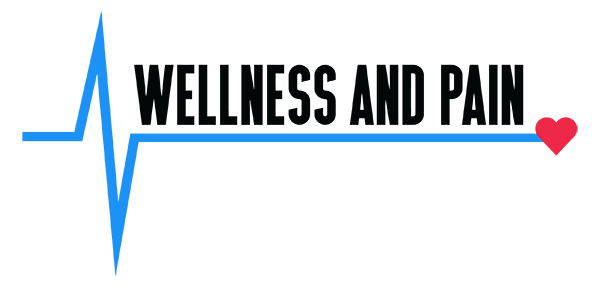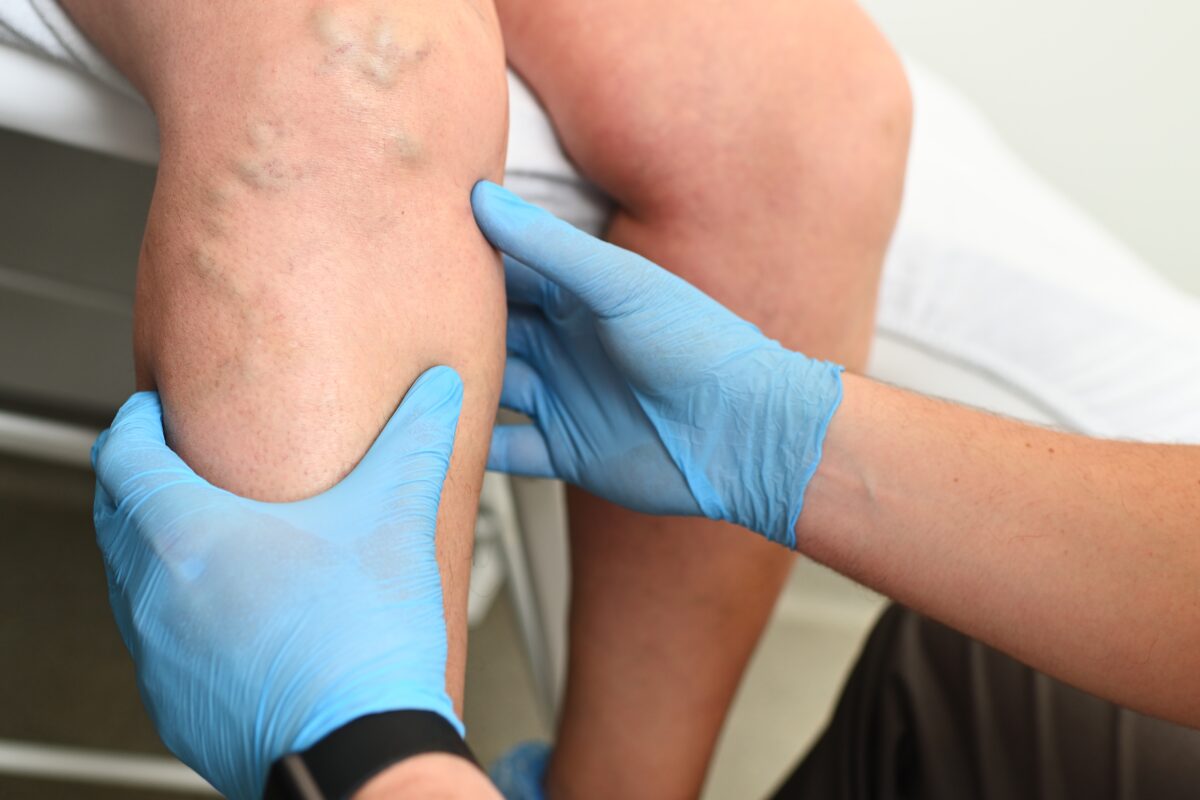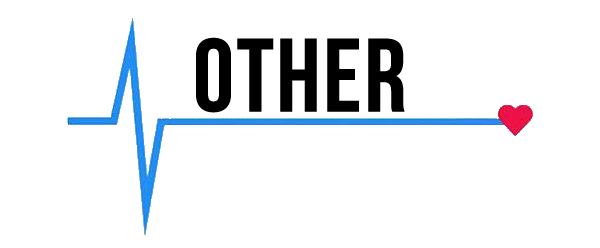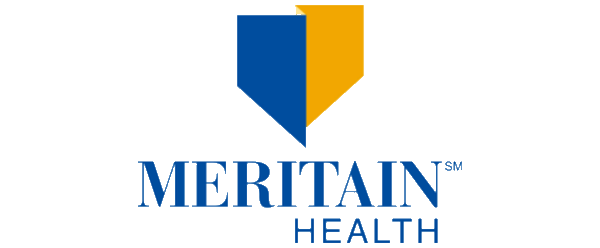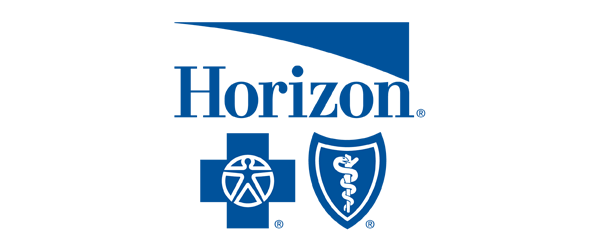Do Your Legs Feel Heavy? Here’s What’s Happening Under the Surface…
When your legs feel heavy, it’s usually a symptom of venous insufficiency — but it can also happen from a combination of other factors. Leg heaviness, aching in the lower extremity of your body, and tiredness and fatigue are common symptoms that can sometimes hit you all at once.
It’s even worse when you stand or sit for a long time, although it may feel better when you lie down or elevate your legs. Those suffering from “heavy legs” say their legs are achy, tired, crampy, and stiff. Besides feeling heavy, your legs can also look swollen from circulatory problems, pale or bluish from poor circulation, and bumpy from varicose veins.
Every now and then, many individuals get heavy legs for various reasons. It’s possible you sat too long or worked out too hard during your daily exercise. But you should see a pain management specialist or doctor if the pain lasts more than a few days or your symptoms are bothersome.
Poor blood circulation throughout your lower limbs often causes aching heavy legs. People commonly refer to this condition as “heavy leg syndrome.” In addition to the symptoms already mentioned, tingling, numbness, mild edema (trapped fluid), and varicose veins (twisted or enlarged veins) characterize venous insufficiency. Although your discomfort is usually mild, it still hurts.
Though heavy legs are a common phenomenon, eventually one’s Chronic Venous Insufficiency (CVI) can cause phlebitis (inflammation) and thrombosis (blood clot formation). One-way valves keep blood from flowing backward down your legs, but if these valves get damaged, blood can pool and cause various types of pain, including heaviness.
Your aching heavy legs from an underlying vascular disease is usually treatable, and symptoms will likely improve if you follow your doctor’s treatment plan.
Some Underlying Causes When Your Legs Feel Heavy
People often mistake “heavy legs” for fatigue or simply as part of the gaining process. Many patients aren’t aware of the underlying health issues that contribute directly to when their legs feel heavy. A pain management specialist should monitor you regularly if you have a vascular disease.
Over the years, the varicose veins you are seeing can cause Chronic Venous Insufficiency (CVI), which can also happen if something damages your valves, such as Deep Vein Thrombosis (DVT). Additional venous problems include:
- A condition called “Superficial Venous Insufficiency” (SVI), which causes leg discomfort from increased venous pressure or pooling of blood in the superficial veins of the legs, happens because blood isn’t properly pumped back to the heart. Usually it’s accompanied by swelling, throbbing, and aching in the legs.
- Despite similar symptoms to SVI, Deep Venous Insufficiency (DVI) affects your deep veins. The difference between SVI and DVI is often hard to tell until a pain management specialist or doctor diagnoses you. SVI and DVI can happen together or separately.
- Peripheral Artery Disease (PAD) can also cause aching heavy legs. Plaque buildup in the arteries makes it hard for the body to deliver oxygen to your lower extremities (hips, legs and feet). As a result, you get the heavy, aching feeling associated with PAD. Symptoms like these are typically associated with increased activity levels, such as walking.
Varicose veins also deserve a quick explainer. Compared to surrounding veins, these look more prominent and knotty. Because of gravity and elasticity loss, blood begins to pool as circulation decreases, and blood clots are possible. In addition to obesity, aging, and hormonal imbalances, occupations requiring long sitting or standing can contribute to varicose veins.
Swollen Leg Treatment: A Healthier Life is Waiting
If you don’t get the right swollen leg treatment for when your legs feel heavy, it can affect your quality of life. Your tired leg sensations are one of the most common vascular peripheral symptoms in society today, affecting up to 40 percent of people in developed countries. Despite this health issue, you can get healthier.
If your symptoms last a long time, you should see a pain management specialist. By reviewing your symptoms, applying the right treatment, analyzing your medical history, and completing any needed tests, you can work toward being pain-free. Ultrasounds and other tests can show how blood flows through your veins, leading to vessel ablation, massage therapy, acupuncture, or intravenous hydration.
Vein ablation is a minimally invasive procedure that seals off (or closes) certain veins. Treatments include varicose veins, spider veins, and venous insufficiency in general. It can be accomplished with radiofrequency ablation (RFA) or laser ablation, where a small probe is used to destroy the “problem veins.” This technological technique collapses a vein by heating it with radiofrequency energy.
Massage therapy and acupuncture therapy are also two options to consider for your aching heavy legs, depending on your circumstance.
Chronic Venous Insufficiency (CVI) doesn’t happen overnight, and it doesn’t necessarily hit anyone suffering from varicose veins. In general, women, tall people, and overweight individuals are more likely to get it, as are people with a family history of CVI. In addition, those already having DVT in the legs, people who are middle-age or older, and those who are relatively inactive could eventually suffer from CVI.
Home Remedies for When Your Legs Feel Heavy
Before your pain management specialist develops a personalized treatment plan, some daily changes and home remedies can help when your legs feel heavy. Elevating your legs makes your body work less as it pumps blood through your lower extremities. You can ease some of the pressure by propping your feet above your heart level by using a reclining chair or stool.
As mentioned, if you sit or stand for too long, your symptoms might get worse. Since blood circulation may be improved by changing positions, always be on the alert for how you can switch things up while you’re sitting or standing. You can also wear tight compression socks or stockings to promote blood flow in your legs, which is especially helpful for people who work long hours.
You can also fight against heavy or swollen legs by integrating a healthier lifestyle, diet, or choices. Reducing salt intake (sodium) may eventually reduce discomfort caused by swelling if you’re consistent and apply other healthy food-eating habits simultaneously. Believe it or not, some doctors may also tell you to limit your water intake, depending on your medications. Smoking can negatively affect your circulation and make you feel heavy, fatigued, and tired over time — which means these symptoms may go away if you reduce or stop the habit.
To cap things off, stay active, stay away from hot baths, and work on losing some weight. The heat from hot water can widen your veins, which can make blood-flow difficult. Obesity is also a major risk factor for many of the underlying issues causing aching heavy legs — therefore, losing weight may help.
The last tip: Increase your activity levels. Moderate exercise keeps your blood pumping and improves risk factors (high blood pressure). To avoid overexertion, take rest days and breaks as needed.
Wellness and Pain Can Help
When your legs feel heavy, vascular disease can progress even if there aren’t any sideline symptoms. In fact, treatment may be immediately necessary if you haven’t taken action within weeks or months of noticing the heaviness.
A range of treatment options are available at Wellness and Pain. We offer conservative treatments, routine visits, and minimally invasive quick-recovery procedures. We can keep you free of problems by providing lifestyle education and home care advice to help you avoid and manage issues, quickly relieving the inhibiting lifestyle conditions when complications arise.
At Wellness and Pain, we personalize patient care plans based on each patient’s condition and unique circumstances to relieve pain, improve mobility and mental space, and improve your overall health.
